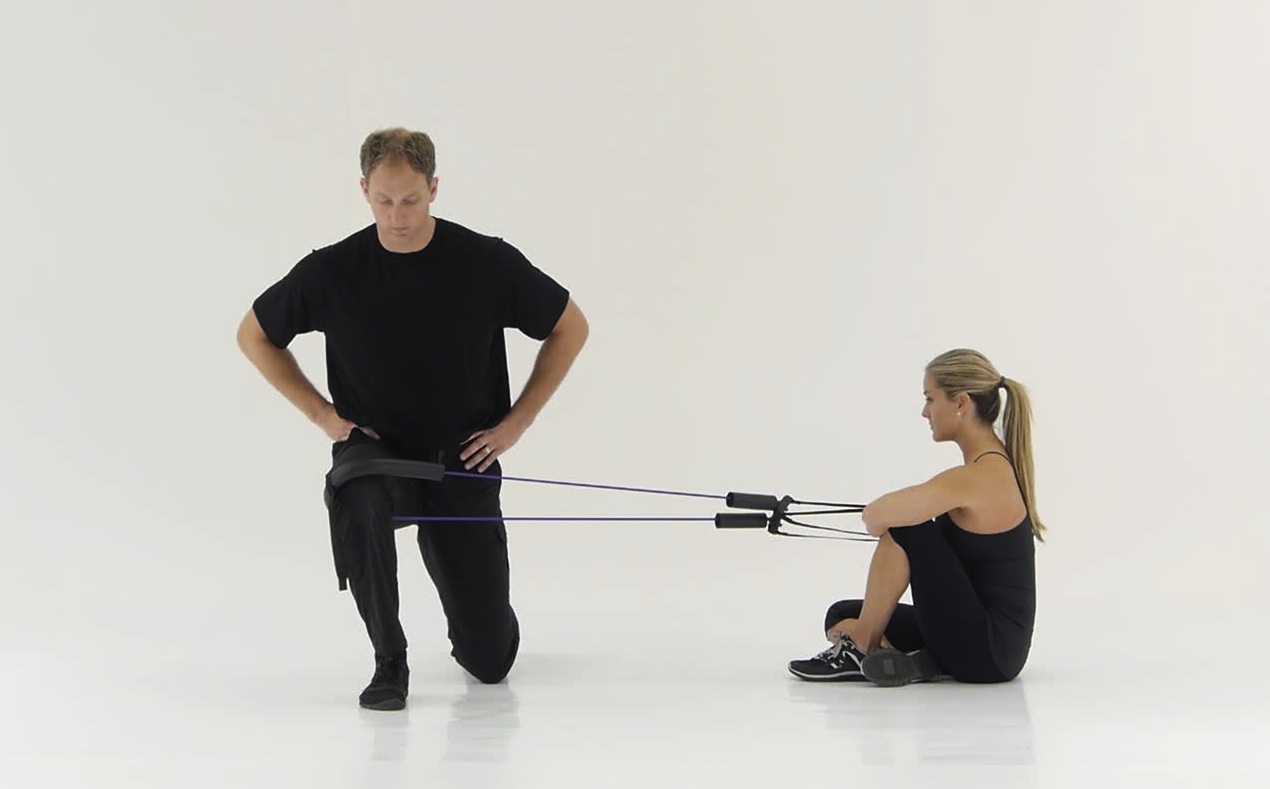 The body is a highly sophisticated, innately intelligent structure. It is always trying its best to help us complete our daily activities with the least pain and the most efficiency possible. However, all bodies have limitations. These limitations can arise from repetitive daily movements, chronic or acute injuries, and even emotional traumas. When the body encounters a limitation, it is masterful at figuring out how to get around it; in other words, how to compensate.
The body is a highly sophisticated, innately intelligent structure. It is always trying its best to help us complete our daily activities with the least pain and the most efficiency possible. However, all bodies have limitations. These limitations can arise from repetitive daily movements, chronic or acute injuries, and even emotional traumas. When the body encounters a limitation, it is masterful at figuring out how to get around it; in other words, how to compensate.
Over time these compensations get more and more ingrained in the physical form.
This can lead to:
- Muscular weakness
- Soft tissue dysfunction
- Decreased nerve signaling
- Reoccurring negative postural reinforcement
- And, ultimately, pain
If neglected for years, these stressors can cause degeneration and an inability to perform simple tasks.
Fortunately, there is a branch of natural medicine that has powerful tools for restoring functional movement and eliminating pain through corrective exercise. Portland’s Heart Spring Health practitioner, Dr. Reba Akin, is a naturopathic physician, functional movement specialist, and physical trainer who uses in-depth diagnosis to understand the body’s root compensations. She helps her patients understand exactly what is going on in their bodies and prescribes corrective exercises to retrain, realign, and alleviate pain. This form of therapy targets the root causes of pain, not just the symptoms. Functional movement assessment and therapy can help patients return to activities they once enjoyed without pain, such as running, hiking, tennis, or simply standing and walking.
What is a Selective Functional Movement Assessment?
A Selective Functional Movement Assessment (SFMA) is a holistic approach to diagnosing and treating pain. The SFMA is performed by a certified movement specialist and logically uncovers dysfunctional movement patterns to diagnose the cause of pain. Because the body is a unified whole and not a jumbled together assembly of parts, to address pain in one area Dr. Reba looks at the big picture. For instance an assessment may reveal that low back pain is caused by limited ankle and hip joint mobility and a lack of core stability. While there are direct treatments that should be done to release the low back pain, it will most likely return if the restricted joints do not become more mobile and the core more stable.
What are Corrective Exercises?
 Corrective exercises improve the way a body moves in space while also eliminating the root causes of pain. Following a functional movement assessment Dr. Reba reviews the imbalances and deficits that are causing pain, affecting the patient’s daily activities and performance. She develops a treatment strategy that treats the pain at the source using a combination of therapies including soft tissue release, stability, strengthening and stretching exercises to amend the structural imbalances. Over time, these therapies will return the body to its naturally aligned and functional state.
Corrective exercises improve the way a body moves in space while also eliminating the root causes of pain. Following a functional movement assessment Dr. Reba reviews the imbalances and deficits that are causing pain, affecting the patient’s daily activities and performance. She develops a treatment strategy that treats the pain at the source using a combination of therapies including soft tissue release, stability, strengthening and stretching exercises to amend the structural imbalances. Over time, these therapies will return the body to its naturally aligned and functional state.
As an example, consider the classic slouch of an office worker. While sitting, the shoulders round forward and the core and glute muscles disengage; tightness results in certain muscles while others become inactive. Corrective therapies reverse physiological compensations by teaching the body how to work in harmony. A set of personalized corrective exercises designed by Dr. Reba will loosen perennially stiff muscles while activating underutilized muscles, and pain-free movement is the result.
Benefits of Functional Movement Assessment and Corrective Exercises
- Identify source of pain
- Pain reduction
- Uncover physical imbalances and weaknesses, so they may be addressed
- Enhanced athletic and functional performance
- Prevent future athletic and everyday injuries
- Improvement in daily movement and activities
As children, we all learned the body song—about how the hipbone is connected to the leg bone, and so forth. The truth is that every body part is in intimate relationship with every other body part. What happens in one area has an impact on the entire body. Dr. Reba’s approach reintroduces balanced structural support in the body. People of all ages and activity levels can benefit from a functional movement approach. These therapies work well on their own or in conjunction with chiropractic, acupuncture, or massage.
Contact our Portland naturopathic doctors and health care practitioners, who specialize in a variety of healing modalities, for the best in collaborative care.
[Featured Images by FunctionalMovement.com and Edwin Pijpe via Freeimages.com]
